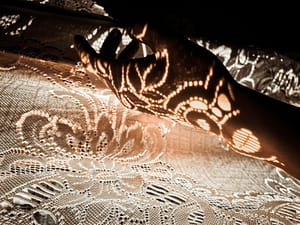Introduction
Chambray fabric is celebrated for its lightweight comfort and clean, classic look—but what truly sets it apart is its unique balance of breathability and moisture-wicking performance. Often mistaken for denim due to its similar appearance, chambray is actually softer, smoother, and far more suitable for warm-weather wear.
With increasing demand for fabrics that offer both functionality and style, chambray has secured a spot in everything from casual fashion to refined home textiles. In this article, we’ll explore what makes chambray such a standout material and why it’s the perfect choice when you want to stay cool and dry—without sacrificing style.
Origins and Evolution
Chambray has its roots in Cambrai, a town in northern France, where it was first produced as a fine linen fabric in the 16th century. The name “chambray” itself is a derivation of this region, linking the fabric’s identity to its place of origin. Originally used for delicate garments and ecclesiastical clothing, its reputation for softness and elegance quickly spread.
Over time, chambray transitioned from linen to cotton, making it more accessible and practical. By the 20th century, it had become a staple in workwear—favored for its durability and breathability, especially in environments requiring both function and comfort. Today, chambray continues to evolve, finding a place in both casual and high-end fashion while still retaining the breezy charm that first made it popular.
Understanding Chambray’s Structure
Chambray is a plain-weave fabric, meaning its threads are woven in a simple over-and-under pattern. Typically made with a colored warp (often blue) and a white weft, this construction gives chambray its characteristic mottled or heathered appearance, distinct from the diagonal ribbing of denim’s twill weave.
What sets chambray apart structurally is its smooth, lightweight texture and tighter weave, which contributes to both its softness and breathability. Most chambray fabrics are crafted from 100% cotton, though blends with fibers like linen or Tencel are increasingly common. These combinations enhance the fabric’s natural moisture-wicking and airy qualities, making chambray ideal for warm-weather wear and everyday comfort.

Breathability and Moisture-Wicking Explained
Chambray’s plain weave and cotton-rich composition are key to its standout performance in warm conditions. The fabric allows air to circulate freely between its fibers, which enhances breathability and helps regulate body temperature. This makes chambray especially comfortable to wear in hot or humid climates.
In addition to breathability, chambray offers mild moisture-wicking capabilities. Natural fibers like cotton and linen can absorb sweat and allow it to evaporate more quickly than synthetic fabrics. When chambray is blended with fibers like Tencel or bamboo, its moisture management improves even further—keeping the skin drier and more comfortable throughout the day.
This combination of airflow and moisture control is what makes chambray a top choice for anyone seeking stylish, functional garments that help beat the heat.
Variations of Chambray
Chambray comes in several variations, each offering unique qualities while retaining the fabric’s core appeal of breathability and comfort:
- Cotton Chambray: The most traditional form, made entirely from cotton. It’s soft, lightweight, and ideal for shirts and dresses, offering excellent airflow and everyday wearability.
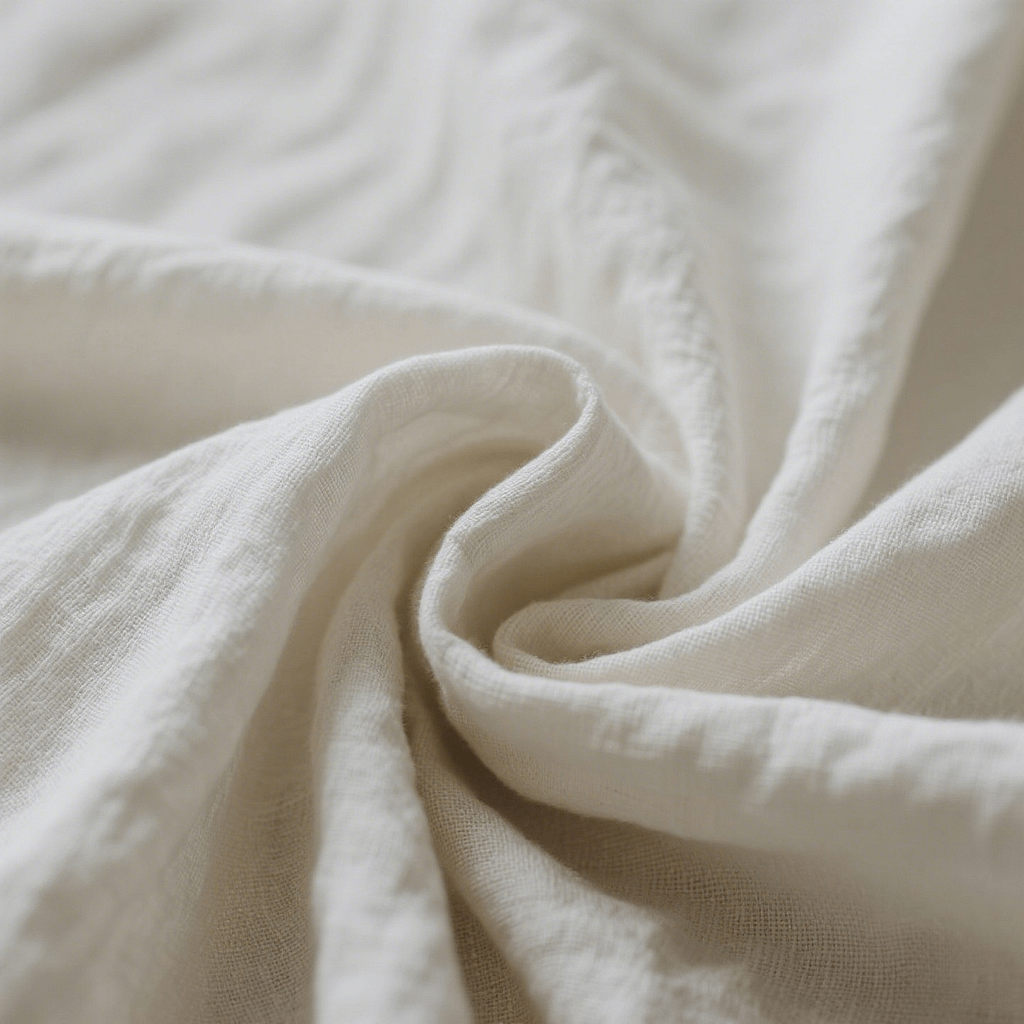
- Linen Chambray: Blends cotton with linen for added texture and enhanced moisture-wicking. Linen fibers give the fabric a slightly crisp hand feel and a breezy, summery look.

- Tencel Chambray: Incorporates Tencel (lyocell), a sustainable fiber known for its smooth texture and high absorbency. This version feels silky, drapes beautifully, and dries quickly.
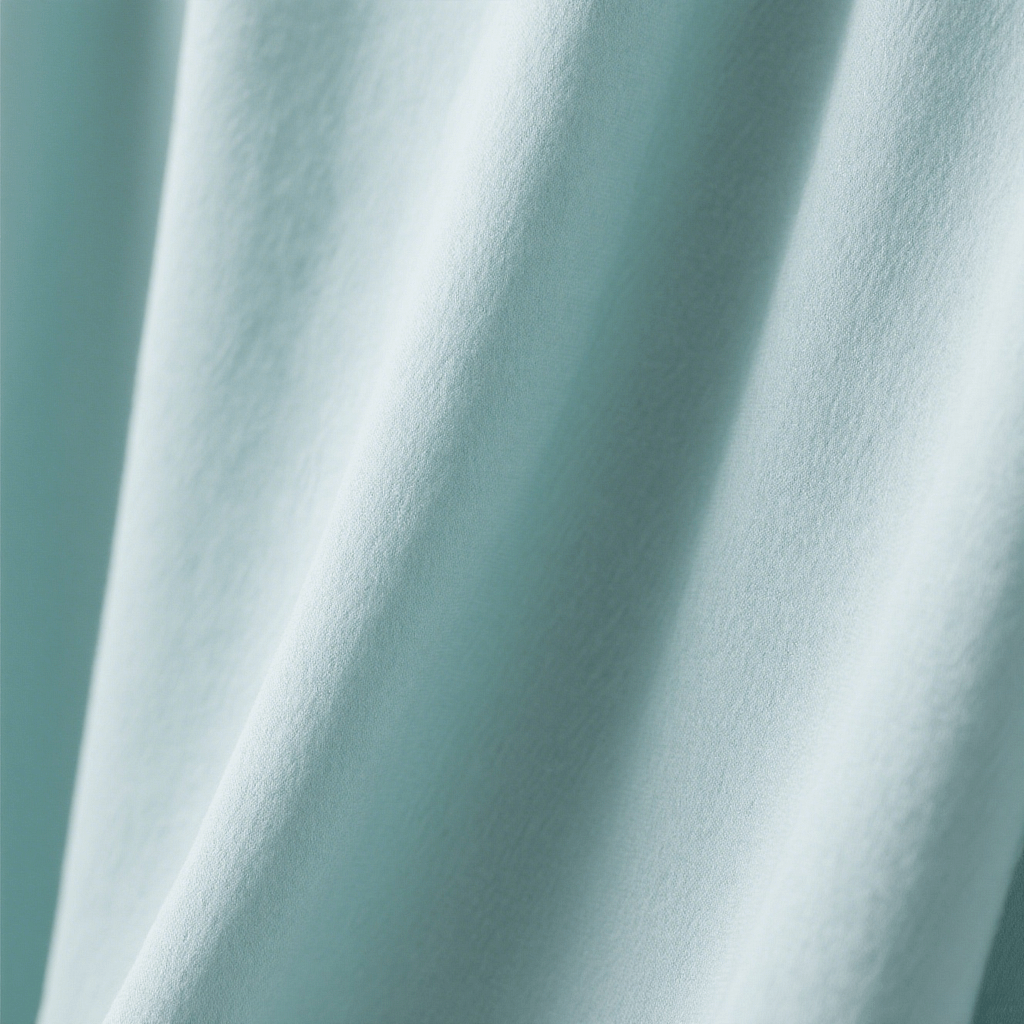
- Stretch Chambray: Combines chambray with a small percentage of spandex or elastane for added flexibility. Perfect for fitted garments like slim shirts or pants that require some give.
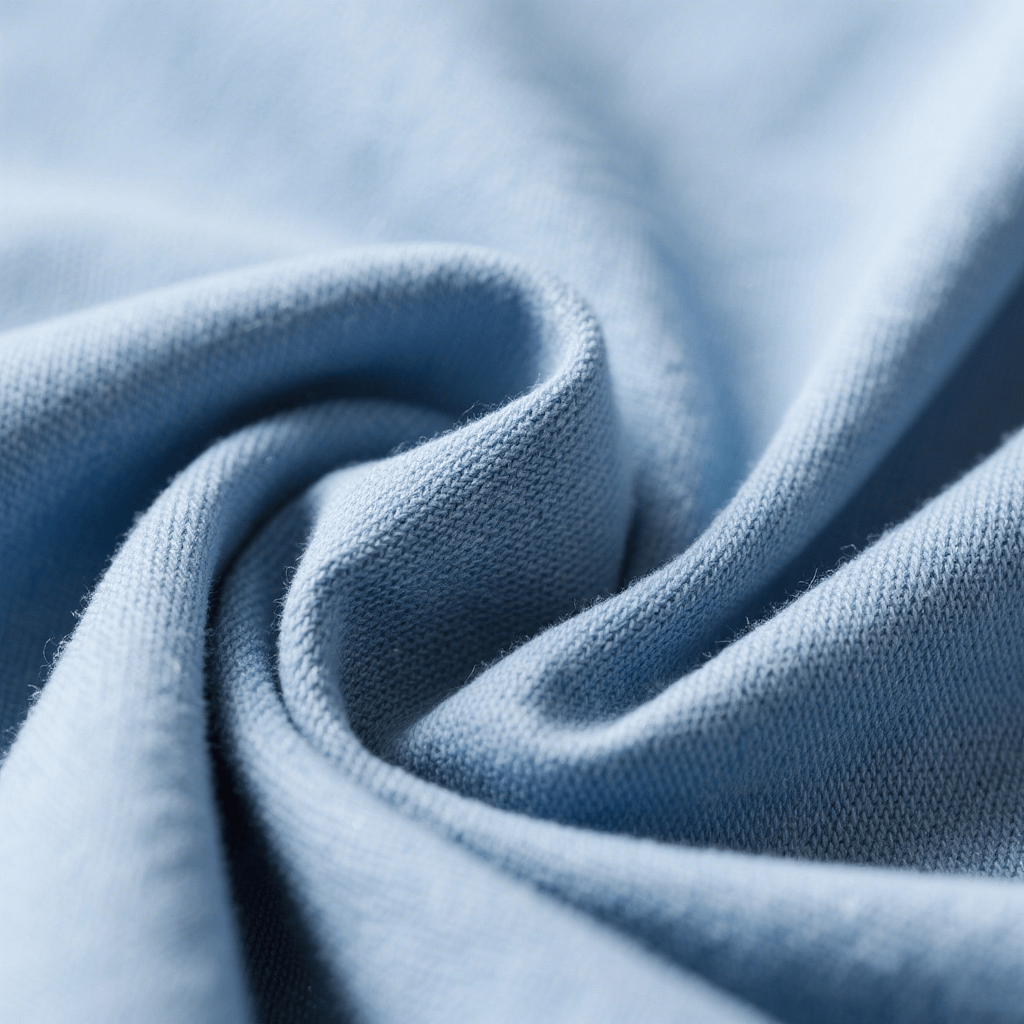
Applications in Fashion and Home Decor
Chambray’s lightweight feel and visual appeal make it a favorite across a broad range of uses:
- Fashion: Chambray is widely used in shirts, blouses, dresses, skirts, shorts, and lightweight trousers. Its soft hand, breathable nature, and subtle texture make it a stylish alternative to denim—especially in spring and summer collections. It’s also a popular choice for children’s clothing due to its gentle feel on the skin.
- Outerwear and Workwear: Though lighter than denim, chambray remains durable enough for casual jackets and utility-style work shirts, offering comfort without compromising on function.
- Home Textiles: Chambray appears in home décor items like cushion covers, curtains, table linens, and duvet sets. Its subtle sheen and texture bring a relaxed yet polished look to interiors, while its breathable weave adds comfort to bedding and upholstery.
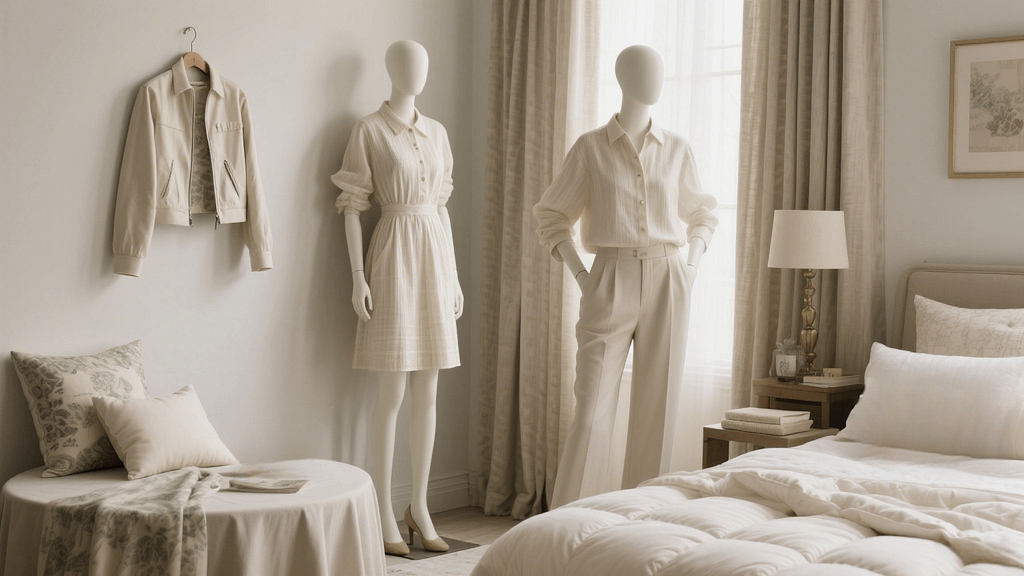
Care and Maintenance
Chambray is relatively easy to care for, but proper handling helps preserve its softness, shape, and color:
- Washing: Machine wash chambray in cold or lukewarm water using a mild detergent. Turn garments inside out to reduce fading and friction.
- Drying: Air drying is ideal to prevent shrinkage and maintain fabric integrity. If using a dryer, select a low heat setting and remove the items while slightly damp to avoid wrinkles.
- Ironing: Chambray may wrinkle, especially when blended with linen. Use a medium iron setting with steam for best results. Iron while the fabric is still slightly damp for easier smoothing.
- Storage: Fold or hang chambray garments neatly to maintain their shape. Avoid cramming them tightly into drawers or wardrobes to prevent deep creases.
Conclusion
Chambray fabrics offer a unique combination of lightness, breathability, and subtle elegance—making them a standout material for both fashion and home use. Whether worn on a hot day or used to bring a soft, airy touch to interior spaces, chambray delivers comfort without compromising on style.
As demand grows for fabrics that balance performance and aesthetics, chambray continues to prove its relevance. With options ranging from pure cotton to moisture-wicking blends, it remains a go-to fabric where function meets timeless appeal.




